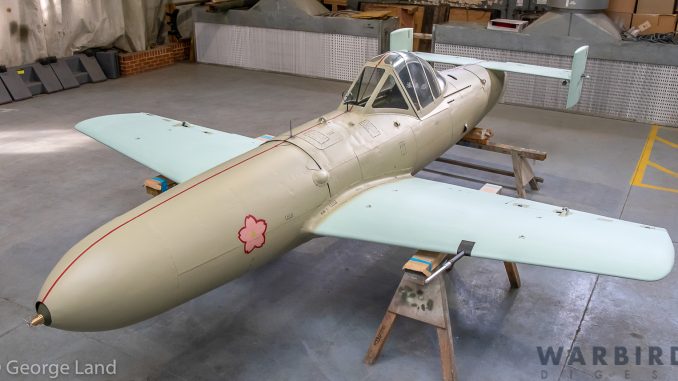
Duxford Aerodrome, near Cambridge, England is one of Britain’s most historic airfields still in operation, dating back to the closing days of WWI. It played a significant role in Britain’s frontline defense, both as a Royal Air Force fighter station, and also as host to units from the U.S. Army Air Forces during WWII. While its time in military service ended more than half a century ago, Duxford has continued as an active airfield, growing into its present status as the European epicenter of vintage aircraft preservation. Owned and operated by the Imperial War Museum since the 1970s, there is a healthy public-private collaboration at the field, with several world-renowned warbird operators and restoration companies also in residence, such as The Fighter Collection, and the Aircraft Restoration Company. Roughly two hundred historic airframes, both ex-military and civilian, call Duxford home.
While the limelight always seems to shine on the airworthy warbirds at Duxford, there are also other restorations underway for static-display purposes as well. One of these is the Imperial War Museum’s rare surviving example of a Yokosuka MXY7 Ohka Model 11. This hurriedly designed Imperial Japanese Navy aircraft was a radical, though misguided concept for its time. It was essentially a human-guided glider-bomb for suicide missions against Allied shipping. It also had a trio of rocket motors which the pilot would engage towards the end of his flight to both extend the weapon’s range and make them harder to shoot down. Even so, Ohkas did not have more than about 25-30 miles range, so a ‘mothership,’ usually a Mitsubishi G4M ‘Betty,’ would carry them to the target area slung underwing. However, this made them incredibly vulnerable to fighter attack as Betty’s were easy meat for the opposing fighters of the day. Indeed, not many Ohkas ever made it close enough to the Allied fleets to deploy, their motherships being cut down before they ever had the chance to perform their mission. And of these, fewer than a dozen Ohkas managed to both reach and strike their targets. Only one Allied ship, the Sumner-class destroyer USS Manert L. Abele, is known to have succumbed to the impact and subsequent warhead explosion (on April 12th, 1945), although a handful of other vessels are confirmed to have received significant damage from such weapons, perhaps seven or so, but only two of these were crippled beyond economic repair.
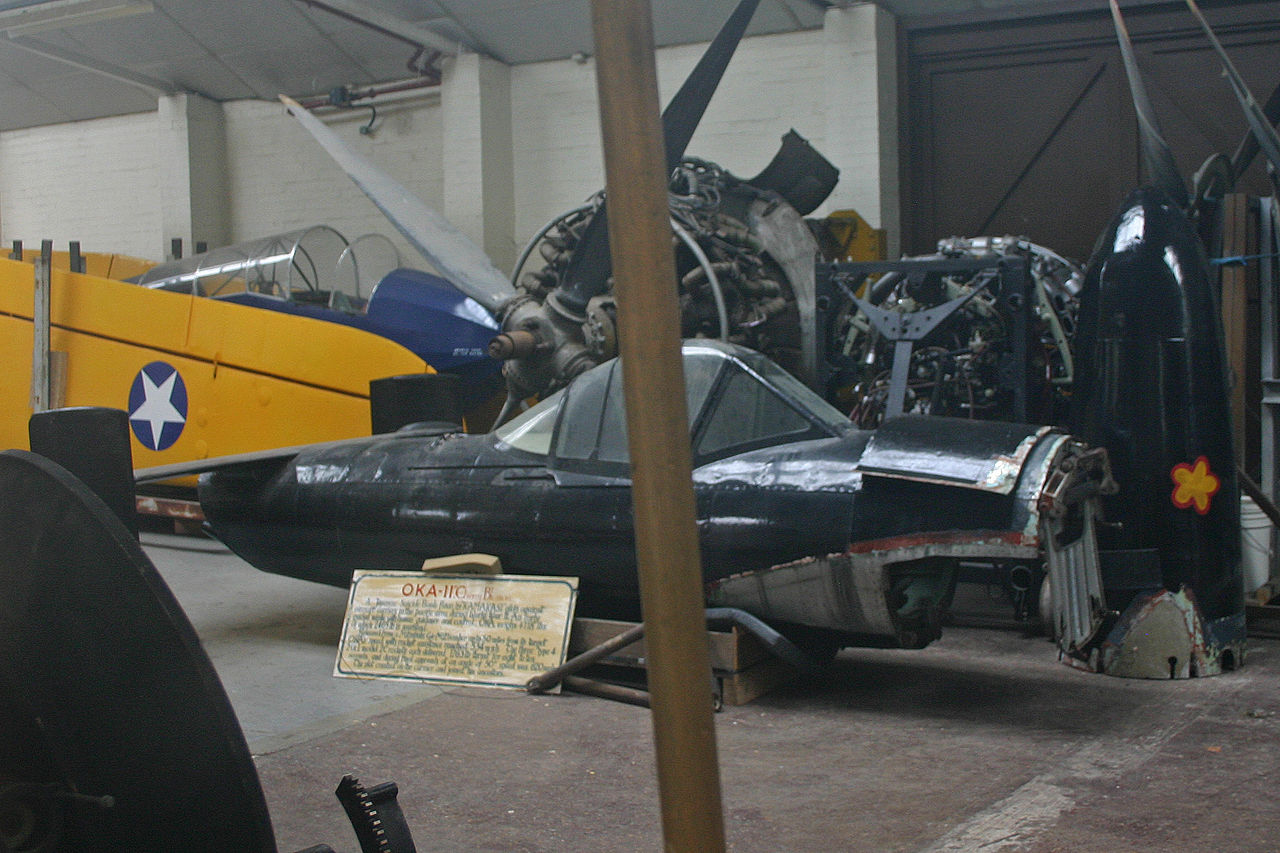
The Imperial War Museum’s Ohka presently has no known identity, but it is one of several captured examples which ended up in Britain for examination following WWII. This particular Ohka was, for many years, part of a weapons collection held for training purposes at the Defence Explosive Ordnance Disposal School in Chattenden, Kent. When the school moved to another location, the Ohka was surplus to requirements and transferred to the Imperial War Museum. The airframe arrived at Duxford during 2011, going into storage initially. However, in April, 2017, a concerted conservation/restoration effort began.
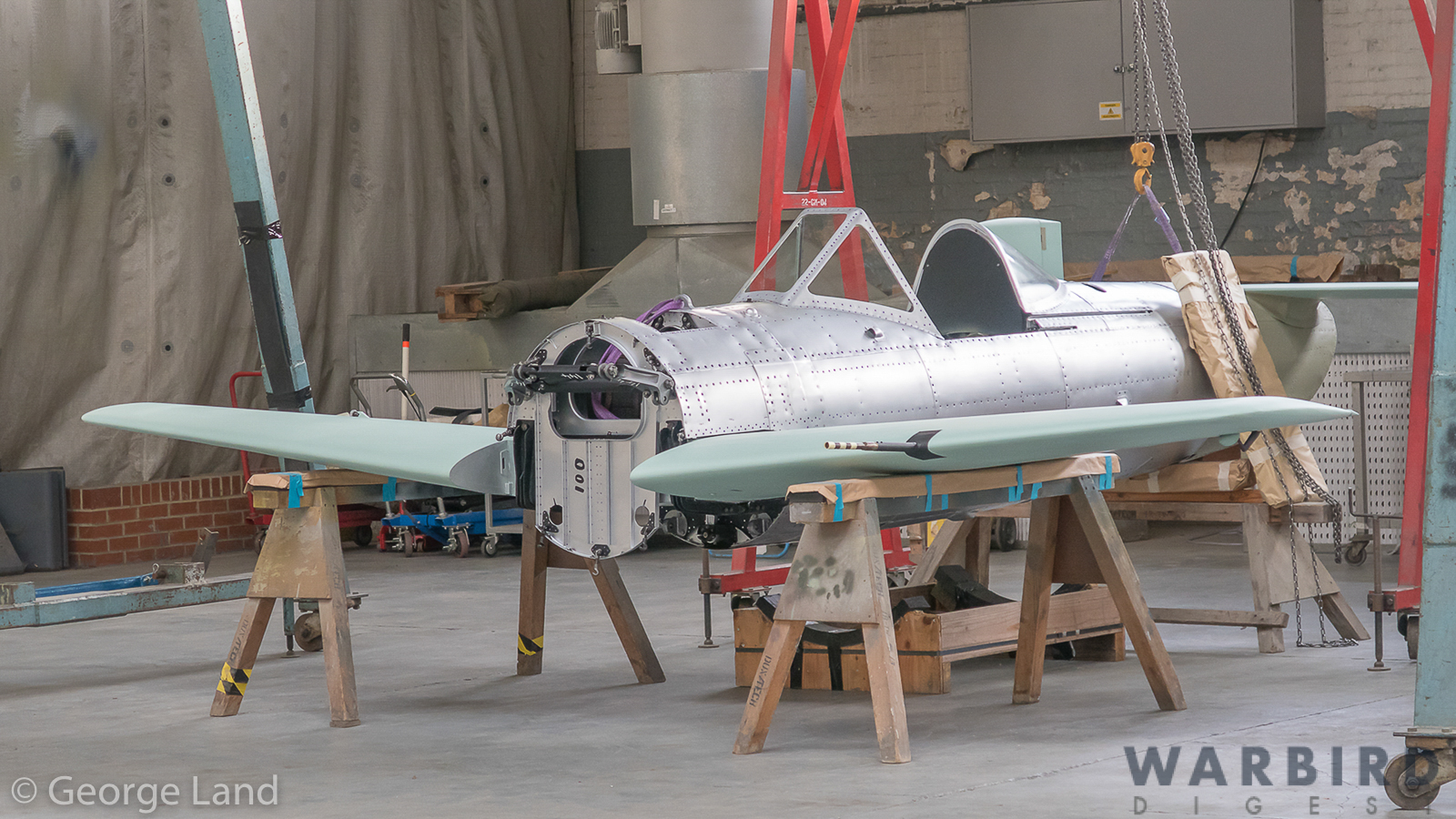
The airframe was remarkably complete and original, with the only major items missing being the three Type 4 Model 1 Mark 20 rocket motors. However, due to an extended period outdoors in its past, the Ohka required significant preservation work This necessitated de-riveting the original aluminum fuselage skins, as well as repairs to the all-wooden wings. Thankfully though, most of the original structure has been retained. Most of the cockpit instruments were missing, and had to be sourced, but no rocket motors were available, so mockups were created instead. At some point in its life in Britain, the airframe underwent a cosmetic restoration, which included the application of a wholly inaccurate, gloss black paint scheme. The restoration team at Duxford was able to uncover original paint, and indeed some wartime markings, however. These discoveries have allowed them to return the airframe to a more authentic livery. The Imperial War Museum’s restoration team recently completed the Ohka’s restoration inside Duxford’s Hangar 5. She then made the journey to the Imperial War Museum’s facility on Lambeth Road, in London in early March, 2020. The museum’s technicians have now hung the historic airframe in the main gallery. Many thanks indeed to our regular contributor, George Land, for these images of the restoration!
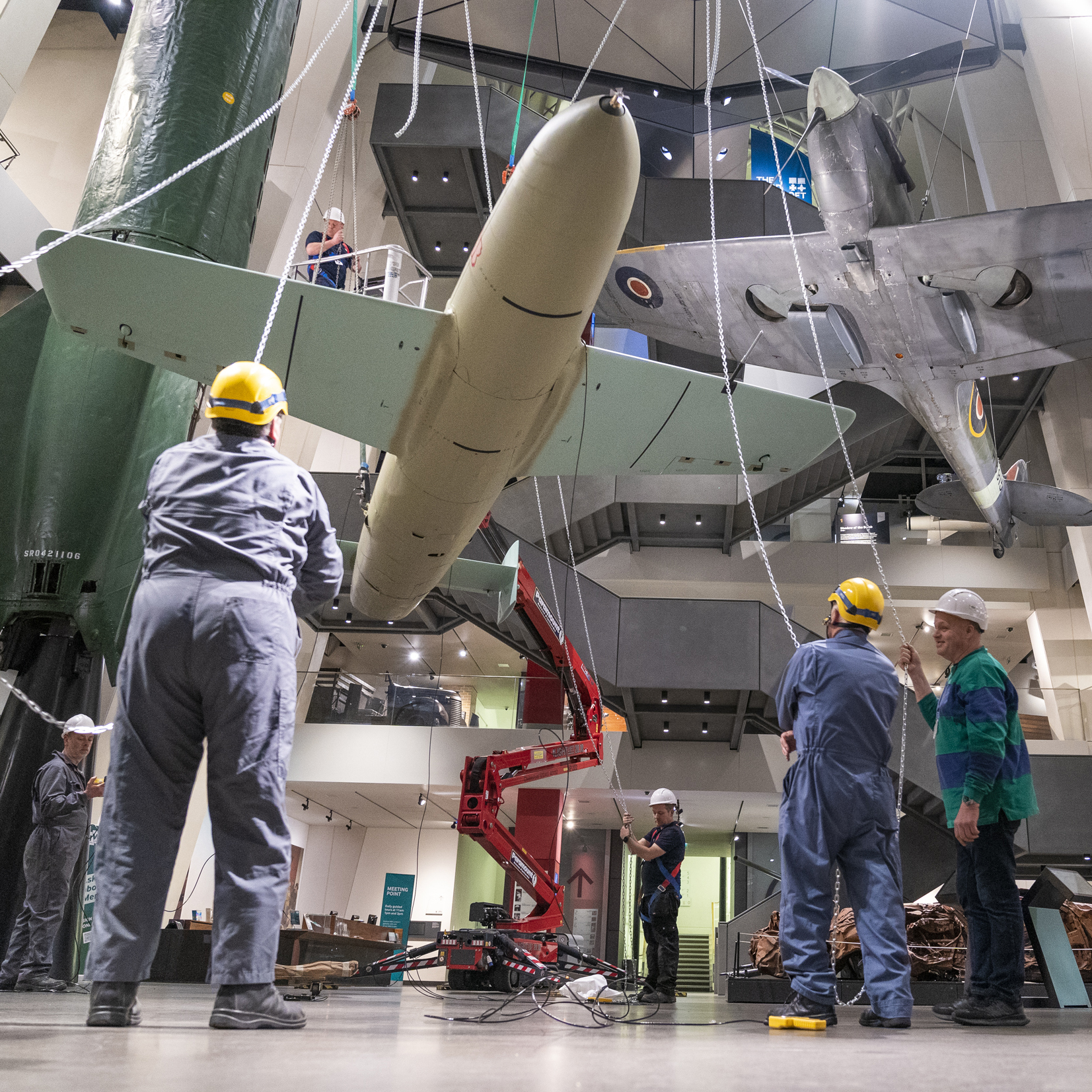
Richard Mallory Allnutt's aviation passion ignited at the 1974 Farnborough Airshow. Raised in 1970s Britain, he was immersed in WWII aviation lore. Moving to Washington DC, he frequented the Smithsonian’s National Air & Space Museum, meeting aviation legends.
After grad school, Richard worked for Lockheed-Martin but stayed devoted to aviation, volunteering at museums and honing his photography skills. In 2013, he became the founding editor of Warbirds News, now Vintage Aviation News. With around 800 articles written, he focuses on supporting grassroots aviation groups.
Richard values the connections made in the aviation community and is proud to help grow Vintage Aviation News.


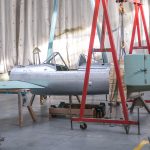
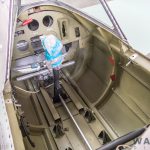
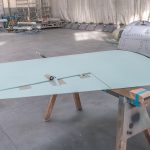
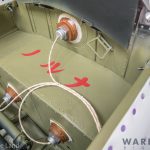
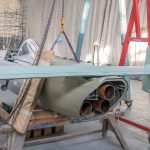
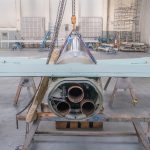
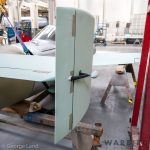
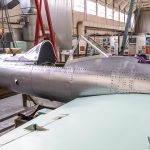
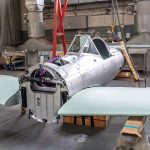
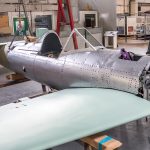
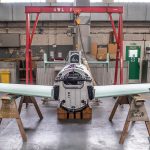
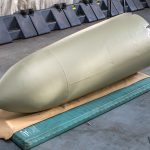
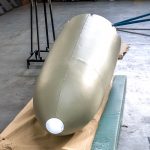
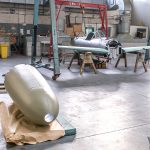
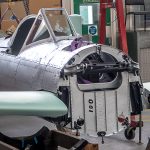
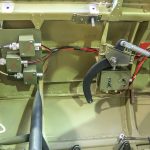
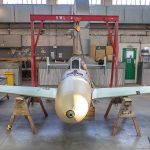
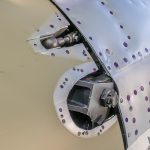
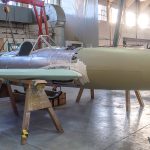
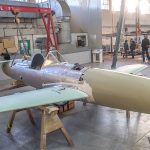
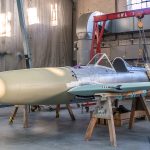
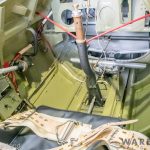
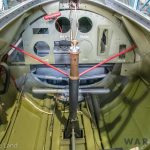
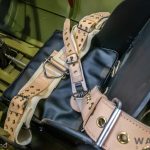
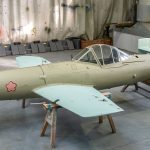
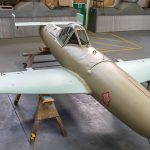
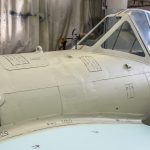

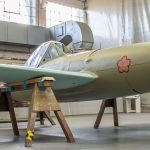
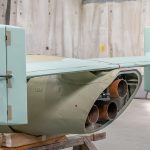
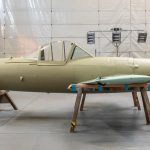
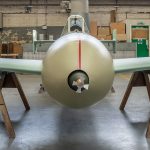
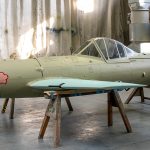
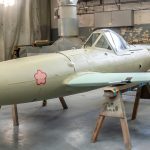
Be the first to comment
Graphic Design, Branding and Aviation Art